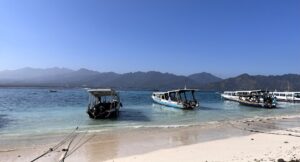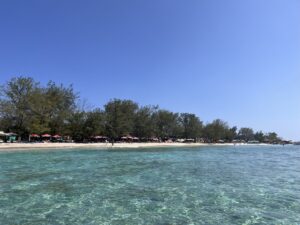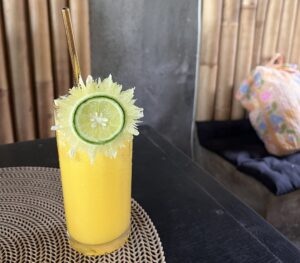Our trip to Vietnam started off quite hectically, as we came very close to not receiving our visas in time to enter the country. That’s why I’m going to start with the topic of visas, which always gets a lot of attention, followed by other useful tips on when to travel to Vietnam, precautions to take while travelling, and how to have mobile data on your phone during your trip.
Entry visas for Vietnam
Ideally, you should submit your visa application 15 to 20 days before travelling, as the visa is only valid from the date of entry specified on the form. The application for the E-visa (electronic visa) it’s made on the official Immigration website by clicking on the link that says ‘1. For outsider Vietnam foreigners, click here’.
The following page explains everything in detail, including the fee of $25 per person. Please note that the visa is not sent by e-mail, nor do you receive any notification when it becomes available for download. The website states that visas usually take around three working days to process. In my case, I applied for the visa on a Saturday, and it became available on the following Thursday. However, I’ve heard of several instances where processing took longer, with some people even being unable to travel. Especially in cases where additional information was requested after the application was submitted, or if the application is made closer to major holidays in Vietnam, such as the Lunar New Year, when the entire country shuts down for a week.
To apply for an E-visa, you’ll need a passport-sized photograph, and you will have to submit a separate application for each person, including children. Once you’ve submitted the form and made the payment, you’ll receive a confirmation email with a link and a registration code. You will then need to check on the link sent, what is the status for your E-visa request using the registration code received. Once the E-visa is processed, download it and print it to present to the authorities upon arrival in Vietnam.
In urgent cases, if you think you won’t be able to get the visa on time, it’s worth contacting an authorised agency that can process visas very quickly, at a much higher cost of course. This express service can be a helpful option in emergencies.
For the latest updates on visa requirements, including the list of visa-exempt countries, refer to this section of the official Vietnam tourism website. Remember, regardless of the visa type, your passport must always be valid for at least six months following the date of your trip.
Itinerary for visiting Vietnam
Take a look at Vietnam’s official tourism website, Vietnam Travel, where you can find out more about the many places to visit in the country. Depending on duration of your trip, and your preferred type of activities, you’ll need to make some choices.
Our trip lasted nine days (it was originally planned for eight), and we chose to visit Hanoi, take a day trip to Ninh Binh, spend a night in Halong Bay, and, end of journey in Hoi An. Maria Rita was only four years old at the time, so we planned a more relaxed itinerary. However, had she been older, I might also have included Sapa and Ho Chi Mihn (formerly Saigon), with a few extra days to the trip, of course. It’s essential to think ahead when planning your itinerary and to book internal flights if necessary.
To explore flight options, I usually use SkyScanner to compare the options available for a particular destination. Once I’ve decided on the best option in terms of price and schedule, I book directly on the chosen airline’s website to finalise the purchase.
When to visit Vietnam
Vietnam experiences varying seasons, and depending on the time of year you plan to travel, you might need to pack a jacket or two. Additionally, the climate differs across regions, even during the same season. March and April are generally considered the best months to visit the entire country, offering mild temperatures and less chance of rain.
Check out the detailed climate information for the different regions here.
We visited Vietnam in October, which is autumn in the northern regions of Hanoi and Halong Bay. In Hanoi, it was always hot, while in Halong Bay, the days were warm, but the nights were noticeable cooler. In Hoi An, on the other hand, the dry season runs from February to June, with heavy rains being common from September to November, making the region prone to flooding during those months. We were lucky enough to get just one rainy day in Hoi An, though just a week before our trip, the city had been entirely flooded.
If you’re planning to visit multiple regions of Vietnam, it’s always a good idea to check the weather forecast for your specific itinerary.
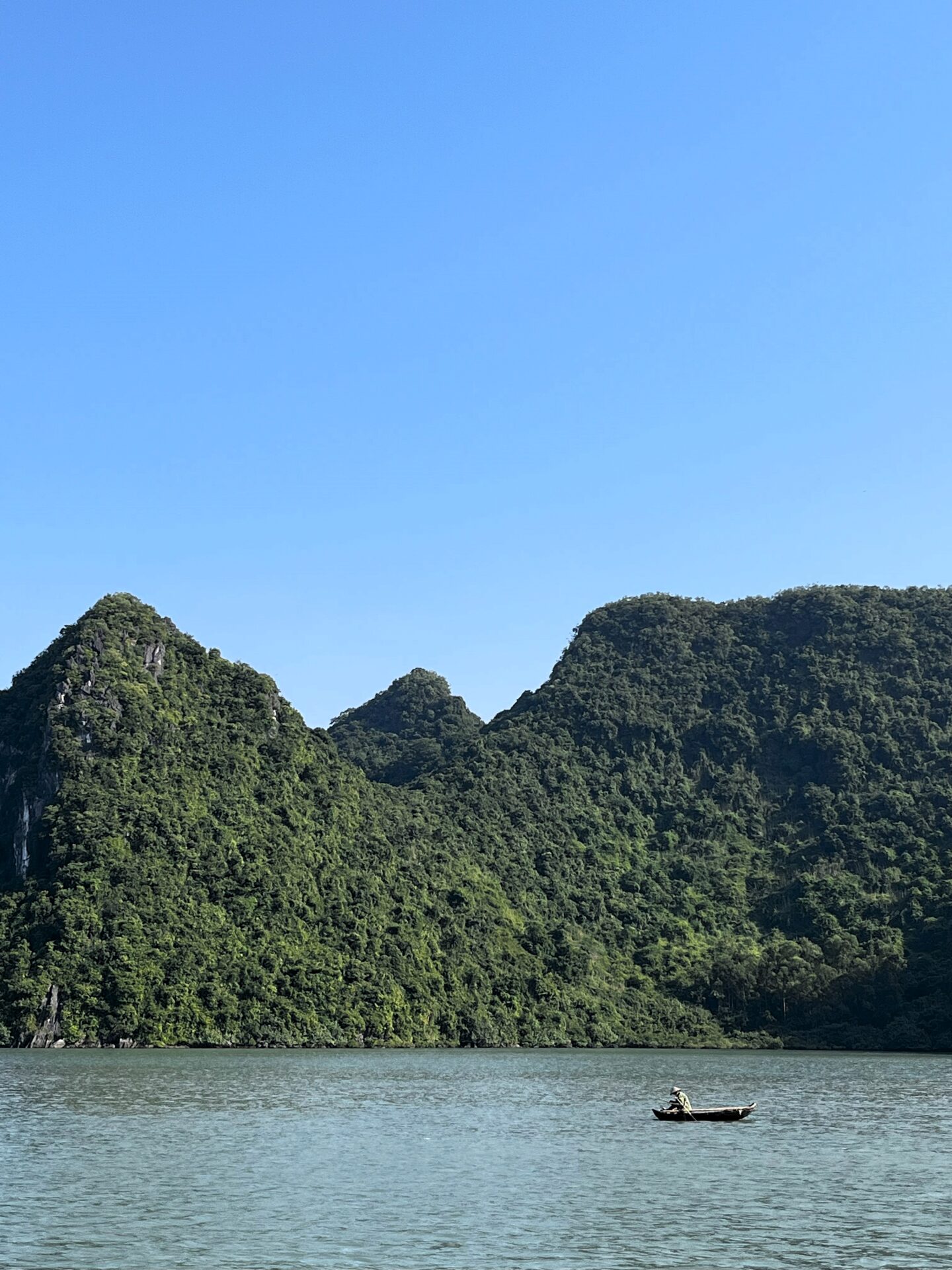
Photo 1: incredible views from Halong Bay
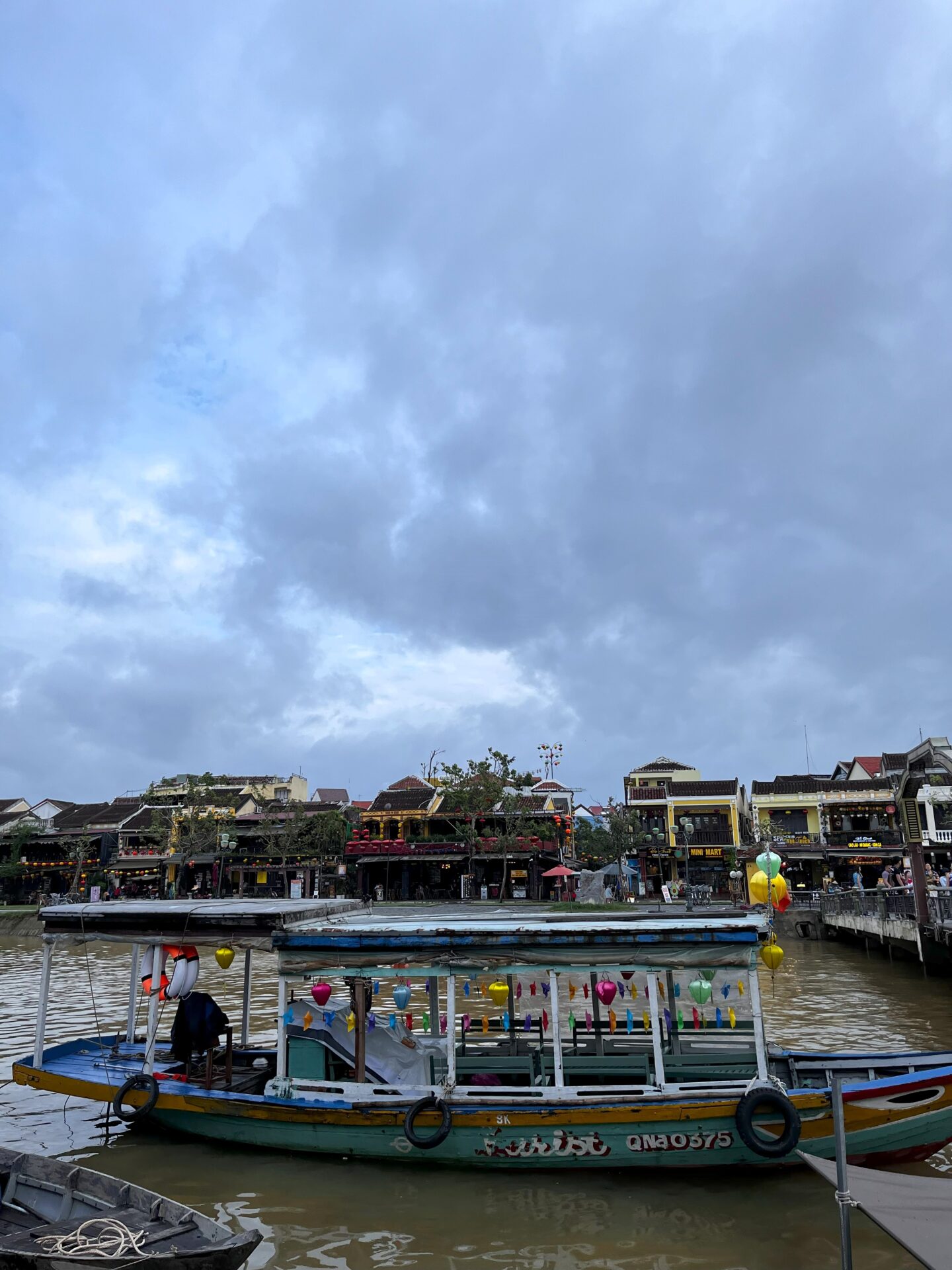
Photo 2: Hoi An old town
Tip for those travelling during Lunar New Year
Lunar New Year is the biggest celebration in Vietnam and takes place between the end of January and the beginning/middle of February. During this festive week, all public organisations are closed, and it is a time for Vietnamese families to reunite. Thus, there is a surge in demand for domestic flights and trains across the country. Many shops and restaurants also end up closing because people take their holidays at this time, and of course, tour guides can be limited. With this in mind, this may not be the best time to visit Vietnam. On the other hand, the streets of major cities are often unusually quiet, offering a unique and serene vibe. You would algo have the change to admire the beautifully decorated altars with flowers that emerge from the streets of the Vietnamese cities.
Now that you’ve been warned about the visa-not-arriving-on-time issue, and once you’ve chosen your itinerary, you can find more useful information about Vietnam on the foreign ministry or equivalent website of your country of nationality. In my case, I always check the Portal das Comunidades Portuguesas, which provides information for travellers with Portuguese passports by destination country. For Vietnam, the link is this one.
The Portal das Comunidades Portuguesas provides information on entry requirements, safety, and health precautions for different countries. However, for more detailed health advice, I also usually consult the TravelHealthPro website. This site provides comprehensive information, including risks associated with diseases such as dengue, malaria, etc., as well as recommended vaccinations for each destination. It’s important to note that this site is aimed at travellers from the UK, so some of the data may not apply to everyone. For information specific to Vietnam, click here.
Don’t drink tap water in Vietnam
Another very important recommendation for those travelling to Vietnam is to drink only bottled water, and only have iced drinks if you are sure that the ice is made from treated water. The same care should be taken when brushing your teeth, do not use tap water. For those travelling with children, it’s always a good idea to remind them of these precautions a few days before the trip, as they’ll retain some of it (or so I believe). Hotels usually offer treated water for drinking or brushing teeth, which they provide daily in the rooms.
Mobile data on the go
I also usually buy a mobile data package before I travel, which comes in handy for checking maps on the go, or contacting guides and hotels. I use Airalo, which allows you to buy mobile data packages through an eSIM. All you have to do is download the app, create an account, select the country and data package you want, pay, and install the eSIM. You can find more details here. Also check that your phone model supports eSIM, which you can do here.
See also the post Arrival in Hanoi for more details on travelling to Hanoi from Singapore, first impressions and plans for getting to know Hanoi.
*This post contains affiliated links, and if you make a reservation/purchase through them I may earn a small commission at no extra cost you.
